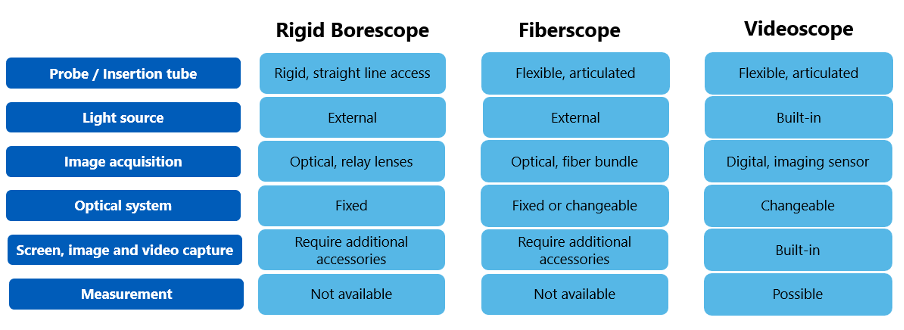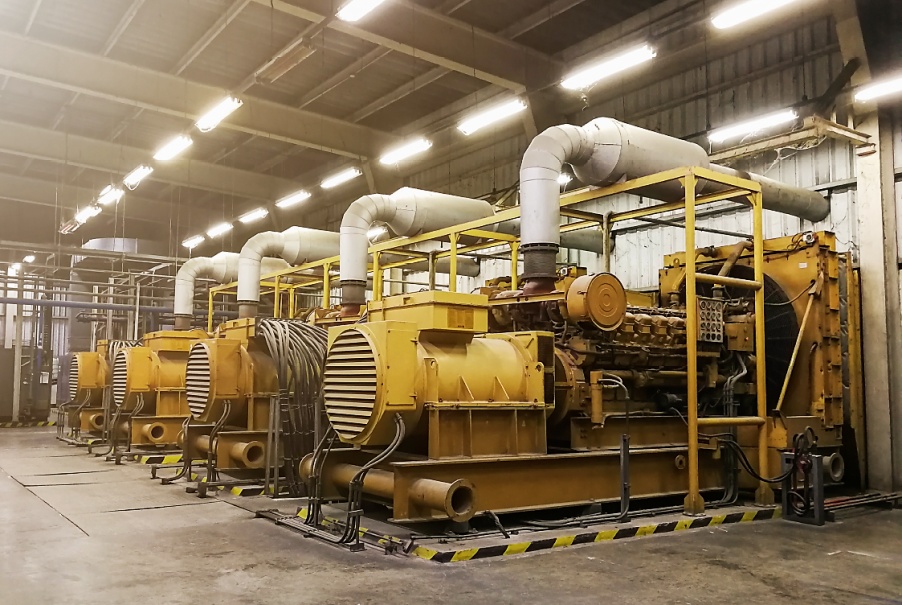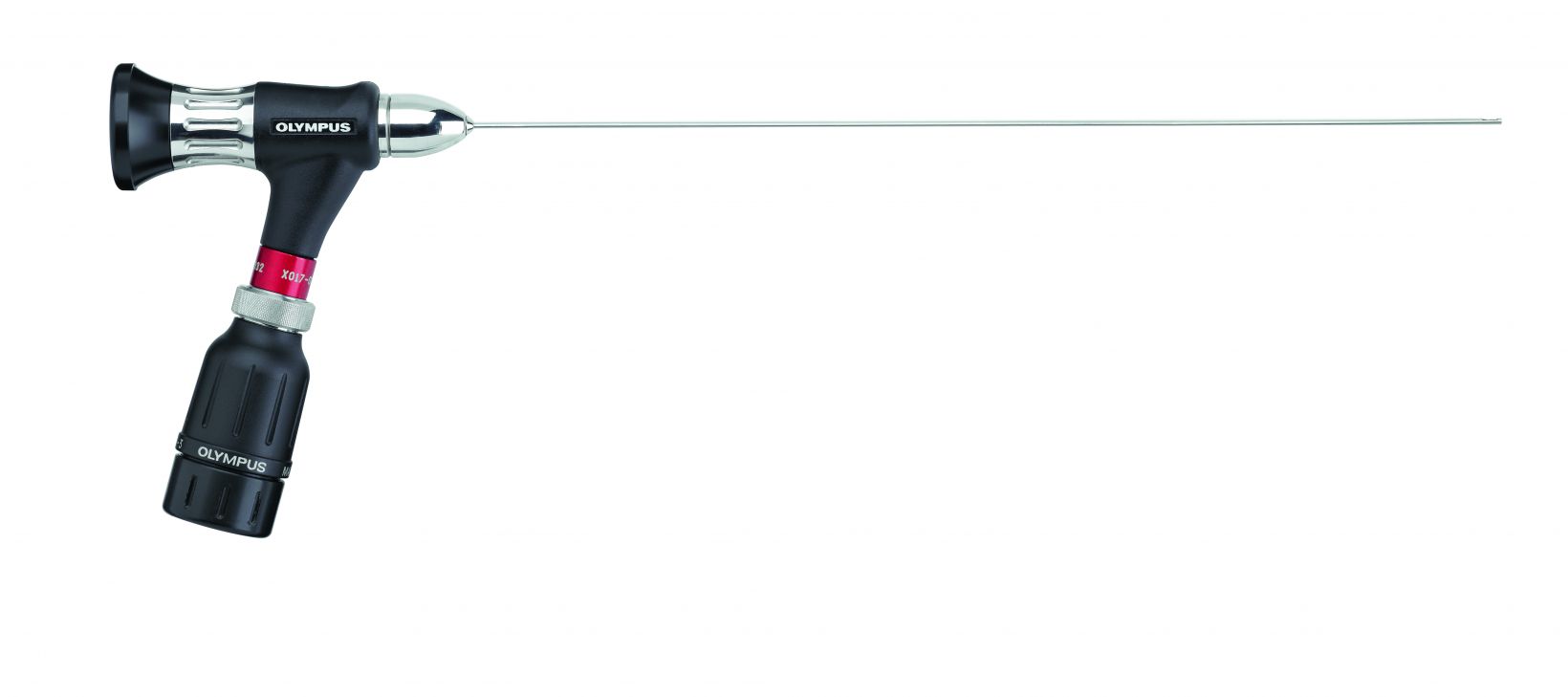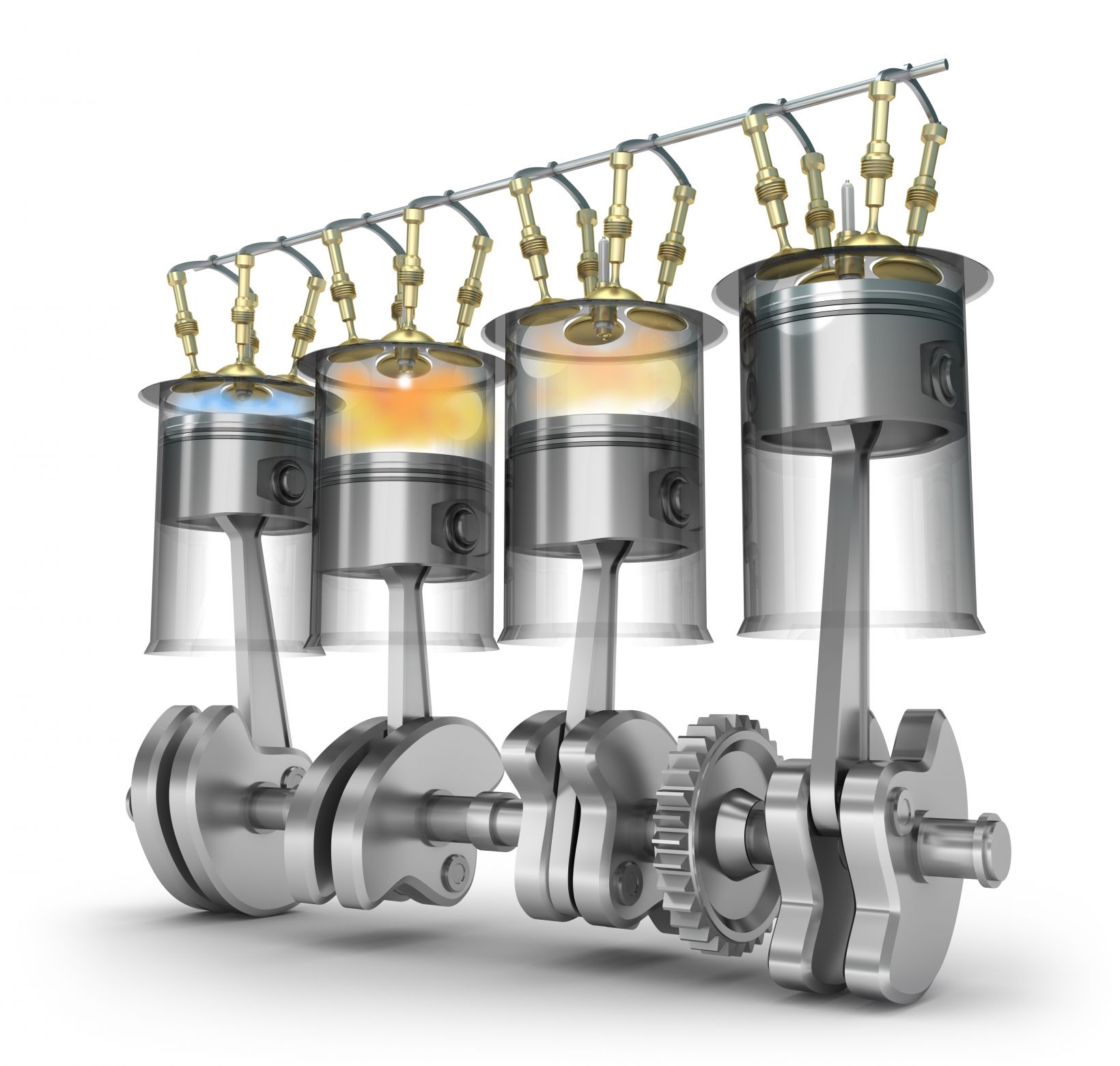Large reciprocating internal combustion engines (RICE) and borescopes share a long and interesting history. Did you know that RICE helped inspire the innovation of industrial endoscopes, aka borescopes? And now, borescopes are an essential part of the RICE inspection toolkit.
Learn the intertwined story of borescopes and RICE in this blog post series dedicated to reciprocating internal combustion engines. I’ll explain how borescopes filled the need for quality visual inspections of this complicated machinery. You’ll also discover the role borescopes played in revolutionizing safety inspections by providing key visual information about the condition of engine components with little to no disassembly required.
First, we’ll start by taking a trip back in time…
Birth of the Borescope
Large reciprocating internal combustion engines (RICE) emerged at the beginning of the 20th century when technology was expanding and evolving at a rapid pace, becoming ever more complex. These engines, which were implemented in a wide range of industries, were costly and time consuming to repair. Regular maintenance and inspection became critical to identify issues before they affected operation. Unfortunately, this often meant complete disassembly, which took excessive amounts of time and was cost-inefficient.
However, just twenty years after the second World War, two American physicists devised a tool that forever revolutionized safety inspections, particularly for complicated machinery such as RICE. With the invention of the borescope, users could obtain clear visuals of narrow, difficult-to-reach cavities, that would have previously required total dismantlement.
However, this first borescope design was still relatively limited, as it could only fit into certain kinds of spaces due to its shape and size. These limitations inspired the need to perfect the tool’s design.
Types of Borescopes
As the complexity of remote visual inspection (RVI) equipment has increased, so has the demand for borescopes with greater mobility, visual acuity, and versatility. There are now three primary types of borescopes including rigid, flexible, and video.
The first type of borescope used for industrial purposes was the rigid borescope, which were nonflexible scopes made of polished stainless steel. Even though these innovations represented a significant advancement at the time, they were still very constrained and had difficulty viewing more inaccessible parts of various equipment, such as engine cavities around a bend.
This need was the impetus for flexible fiberscopes, which used fiber optics to incorporate more flexibility into the borescope design. Fiberscopes used an adjustable rod and fiber optic bundles to relay images, enabling users to access spaces with corners and curves. Flexible borescopes also have the ability to add on attachments, such as extra light sources and adapter kits.
Today, videoscopes are state-of-the art in borescope inspection, due to their versatility, ease of use, and the ability to capture both images and video. For instance, a videoscope can record a real-time inspection more quickly, with fewer attachments, and will produce a higher quality of image and video even with no illumination (Figure 1).

Figure 1 - Comparison of the main characteristics of rigid borescopes, fiberscopes and videoscopes.
Why the Borescope is Essential for Your Engine Maintenance
Today, RICE are commonly used in many industries, either generating electricity or driving mechanical equipment such as propeller shafts and pumps.
For optimal use, safety, and the continuous longevity of such large machinery, it’s critical to understand the condition of each individual component. This requires checking parts for signs of damage or failure, ideally without disassembly. The methods used to measure equipment parameters are known as condition monitoring (CM). Each CM technique provides a certain type of information about the engine and is useful individually and in combination. For example, these techniques are commonly used with RICE:
- Instrumentation–Sensors in the engine continuously monitor parameters such as temperature, pressure, vibration, exhaust gas composition, etc.
- Used-oil analysis–Oil samples are routinely collected and subjected to laboratory analysis, which may detect oil degradation or the presence of particles associated with contamination, wear, or damage.
- Borescope inspection (BSI)–Visual inspection of internal parts of the engine with little or no need for disassembly.
- Dismantling–Disassembling parts or the whole engine for inspection, overhaul, or to replace components.
Since instrumentation and used oil analysis are noninvasive techniques that don’t interfere with normal operations, they are widely considered the first step to CM. However, the information provided through these techniques is not always sufficient, and so routine borescope inspections are usually required, either as part of preventative maintenance strategies or as a tool in reactive maintenance.
The combustion chamber, also called the cylinders, is the main focus of a borescope examination of a reciprocating engine (Figure 2). Because the components surrounding the combustion chamber are subject to high pressures and temperatures, they need to be regularly monitored for damage and wear.
Videoscopes provide high-definition imaging of remote targets that can be used to detect key defects such as corrosion, plugging, and cracking in vital components, without dismantling. Videoscopes give inspectors the ability to make analytical measurements with greater detail and accessibility, so they can make better decisions right from the start, saving both costs and time.
The IPLEX™ G Lite videoscope and the IPLEX GT videoscope from Evident’s remote visual inspection (RVI) portfolio are highly recommended for RICE inspection. Both videoscopes produce high-quality images, enabling component evaluation and further reporting.
And stay tuned for the next post in this series on borescopes and RICEs.
Related Content
Application note: IPLEX GX/GT – Fast and Reliable Inspections for Automotive OEMs
The Race to Innovate—Borescopes Accelerate Automotive Research and Development




.png?rev=869D)